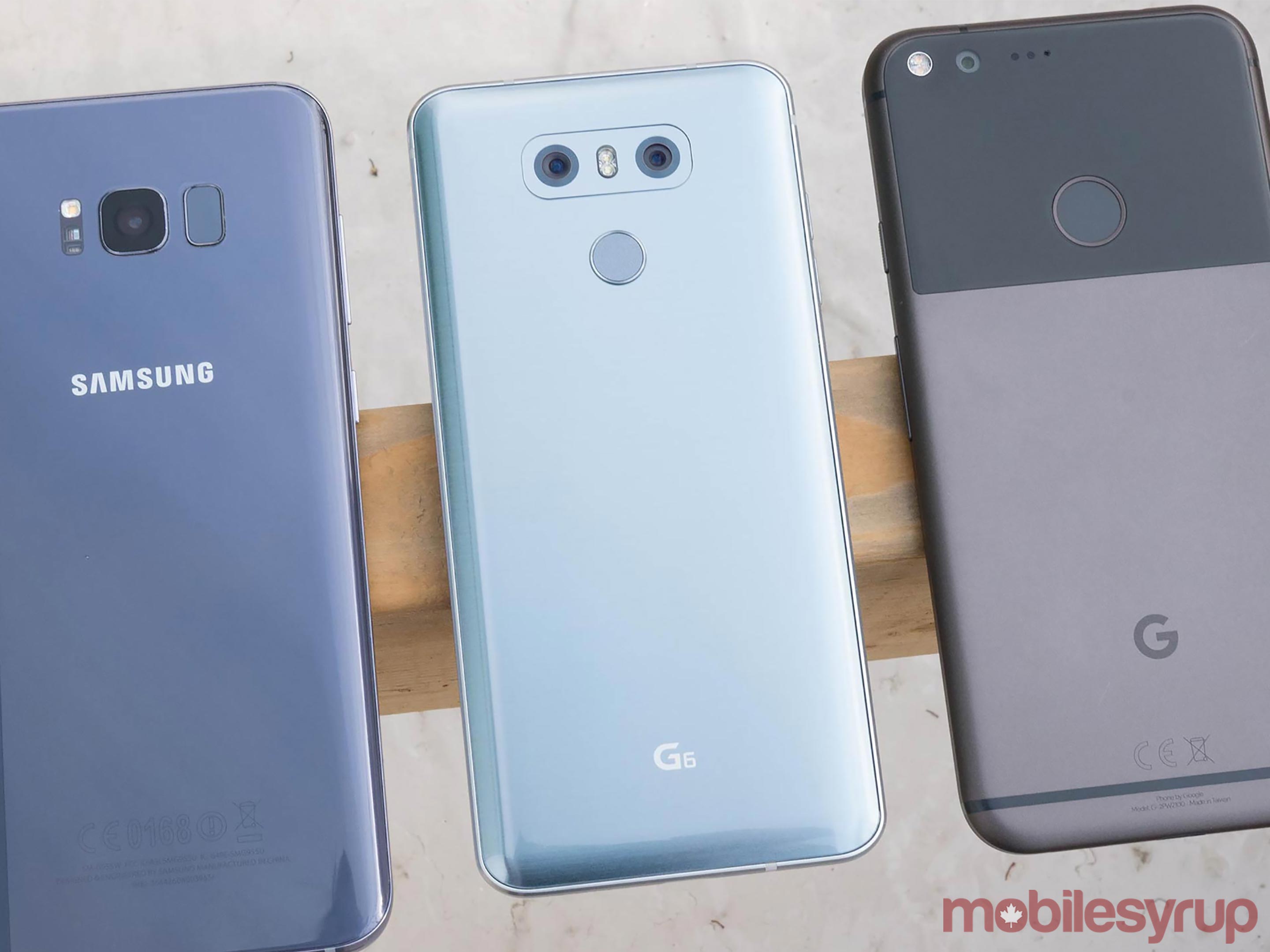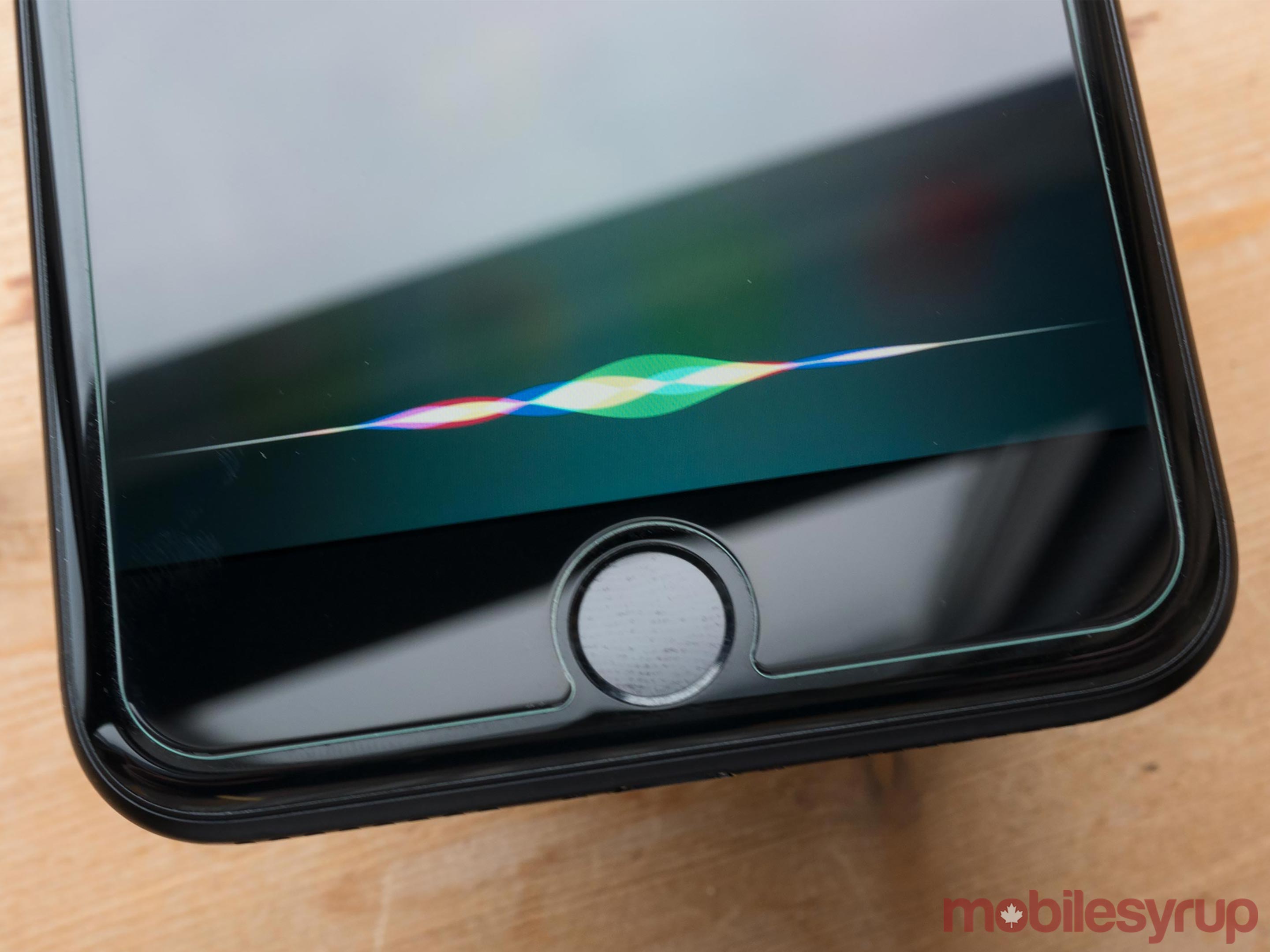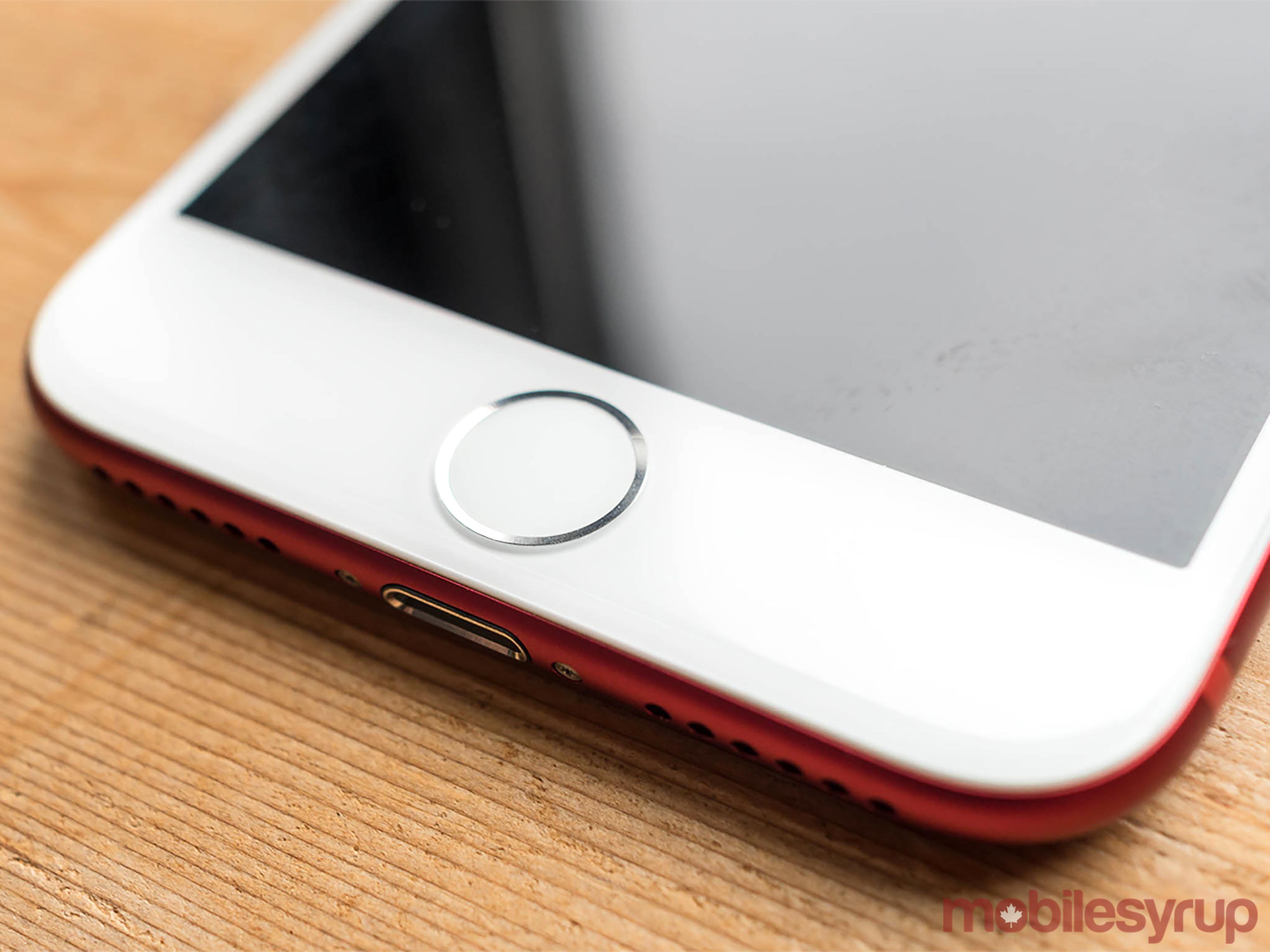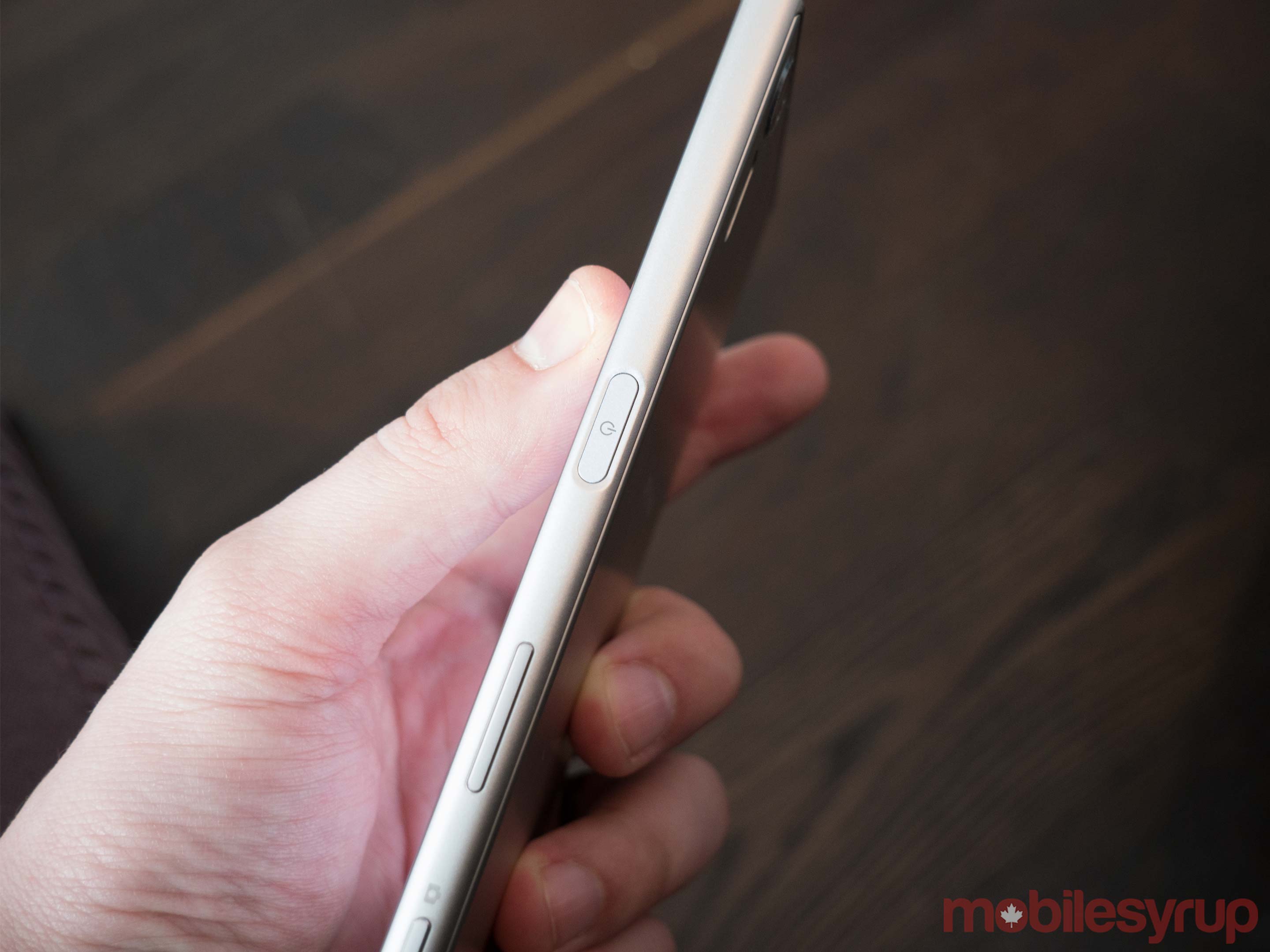Which side of a phone is the better place for a fingerprint sensor, back or front?
It’s a highly contentious subject in the mobile world, and one that MobileSyrup readers were fairly split on, as revealed by a recent poll on our site.
According to the poll out of the 1,123 readers who voted, 49.42 percent of our readers prefer rear-facing sensors, while 39.72 percent would rather use front-facing fingerprint sensors. The remaining 10 percent would rather opt for side-facing fingerprint sensors — a hallmark of Sony phones, but not commonly used by many other mainstream manufacturers.

Here at MobileSyrup we decided to take the gloves off and scrap it out over the two dominant options, with staff writer Dean Daley in the ring for front-facing fingerprint sensors and senior editor Patrick O’Rourke weighing in on the side of rear-facing sensors.
Check out the debate below.
The superiority of rear-facing fingerprint sensors

Patrick O’Rourke
I was at first skeptical about devices that sport a rear fingerprint sensor. The concept just didn’t make sense to me; why would I want to constantly flip my smartphone around to unlock it?
It wasn’t until the Nexus 5X and Nexus 6P came along that the concept of a rear fingerprint sensor began to click, and at least as far as Android devices are concerned, I’ve found it difficult to switch back to a front-facing sensor, especially after spending the last few months using the Google Pixel.
For me, placement is key when it comes to the rear fingerprint sensor. The LG G6 (which senior reporter Rose Behar reviewed for MobileSyrup) and its rear fingerprint sensor located in roughly the middle of the phone, is probably the best example of an ideal rear fingerprint sensor (the LG v20 comes to mind as well), whereas the S8 and possibly the Note 8 — if recent rumours are accurate — moved the sensor far too close to the device’s camera and flash.
Other than everyday use where my index finger is always conveniently placed behind the phone, there are other reasons I prefer rear-facing scanners; when I take the phone out of my pocket, with my finger directly on the scanner, it’s already unlocked by the time I bring the device up to my face.
The convenience of front-facing fingerprint sensors

Dean Daley
I always made the claim that rear-facing fingerprint sensors are better, especially when it came to the device being in your pocket. By the time the phone is at your face, it’s already unlocked, due to you strategically placing your finger on the scanner while pulling out your phone.
After switching from Nexus 6P to HTC 10 though, I realized front or rear-facing doesn’t matter in this context — you can just as easily prep your front-facing fingerprint sensor while the device is still in your pocket. Additionally, pockets that are too tight to stick your full hand into with a phone renders that argument null.
When a device is placed on a table — or any surface — having a front-facing fingerprint sensor is ideal. The ease and speed of unlocking a front-facing sensor while the device is on a desk is evident when it’s no longer necessary to pick up the smartphone and unlock it.

I’d argue that for normal usage — having the device already in your hand — it’s slightly better to have a front-facing fingerprint sensor, considering the placement is the same in your hand no matter which device you’re using. From the Moto line to the Apple’s iPhones, there its very little variation when it comes to the location of front-facing fingerprint sensors.
With rear-facing fingerprint sensors, due to the size difference of each device, users have to get used to the placement to some extent. The LG G6’s aspect ratio of 18:5:9 makes the placement of the rear-facing scanner different from that of LG’s Stylo Plus 3.
Rear or front, what’s your opinion?
Whether you agree with Patrick that rear-facing fingerprint sensors are far superior or whether you’re on team Dean and rooting for front-facing sensors, make your voice heard in the comments.
Also, if you’re a fan of this story format, let us know. It’s something we’re considering turning into a regular series.
MobileSyrup may earn a commission from purchases made via our links, which helps fund the journalism we provide free on our website. These links do not influence our editorial content. Support us here.



